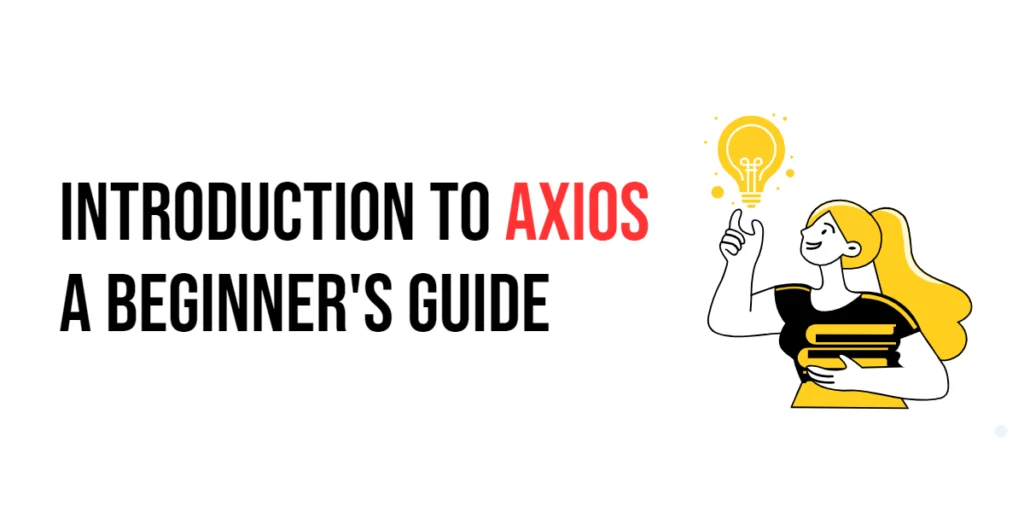Calculating the volume of a pyramid is a classic exercise in both geometry and programming. Pyramids are common in architecture, 3D modeling, and mathematical problems, making their volume calculation highly practical. Learning to compute the volume in C++ helps beginners understand formulas, arithmetic operations, and programming logic, while connecting coding with real-world applications.

with hands-on learning.
get the skills and confidence to land your next move.
Program 1: Find Volume of a Pyramid Using User Input
This program allows the user to enter the base area and height of a pyramid. The formula used is: Volume = (1/3) × base area × height.
#include <iostream>
using namespace std;
int main() {
double baseArea, height, volume;
cout << "Enter the base area of the pyramid: " << endl;
cin >> baseArea;
cout << "Enter the height of the pyramid: " << endl;
cin >> height;
volume = (1.0 / 3.0) * baseArea * height;
cout << "Volume of the pyramid is: " << volume << endl;
return 0;
}The program takes input for the base area and height, calculates the volume using the formula, and displays the result. Beginners can see how mathematical concepts directly translate into C++ code, and practice using floating-point arithmetic and user input.
Program 2: Volume Calculation with Predefined Values
Sometimes it’s useful to calculate the pyramid’s volume using predefined values, which helps beginners verify formulas without worrying about user input errors.
#include <iostream>
using namespace std;
int main() {
double baseArea = 20.0;
double height = 15.0;
double volume = (1.0 / 3.0) * baseArea * height;
cout << "Volume of the pyramid is: " << volume << endl;
return 0;
}Using predefined values allows learners to focus on understanding the formula in code. It simplifies the process and reinforces how formulas can be implemented programmatically.
Program 3: Volume Calculation Using a Function
Encapsulating the volume calculation in a function improves readability and allows reuse for different pyramids.
#include <iostream>
using namespace std;
double pyramidVolume(double baseArea, double height) {
return (1.0 / 3.0) * baseArea * height;
}
int main() {
double base, height;
cout << "Enter the base area of the pyramid: " << endl;
cin >> base;
cout << "Enter the height of the pyramid: " << endl;
cin >> height;
double volume = pyramidVolume(base, height);
cout << "Volume of the pyramid is: " << volume << endl;
return 0;
}This approach introduces modular programming, where calculations are separated from input/output logic. Beginners learn about functions, parameters, and return values, which are crucial skills for writing clean and reusable code.
Program 4: Volume of Multiple Pyramids Using Arrays
If you need to calculate the volume of multiple pyramids, arrays can store the base areas and heights, and a loop can perform the calculation for each pyramid.
#include <iostream>
using namespace std;
int main() {
double baseAreas[] {10, 20, 30};
double heights[] {5, 15, 25};
int n = 3;
for(int i = 0; i < n; i++) {
double volume = (1.0 / 3.0) * baseAreas[i] * heights[i];
cout << "Pyramid " << i+1 << " Volume: " << volume << endl;
}
return 0;
}This program demonstrates how to handle multiple datasets efficiently. Beginners learn how to combine arrays and loops to perform repetitive tasks, which is a common requirement in practical programming.
Frequently Asked Questions (FAQ)
Q1: Can the base of the pyramid be other shapes besides square or rectangle?
Yes, the formula uses the base area, so any shape works as long as you know its area.
Q2: Can the program handle decimal values for height and base area?
Yes, using double allows precise handling of fractional numbers.
Q3: What happens if the height or base area is zero?
The volume will be zero, which makes sense geometrically since a pyramid cannot have zero height or area.
Q4: Can we calculate the surface area too?
Yes, the surface area formula depends on the base shape and slant height, which can be implemented in C++ separately.
Conclusion
Calculating the volume of a pyramid in C++ is a simple yet valuable exercise for beginners. By practicing with user input, predefined values, functions, and arrays, learners gain confidence in applying mathematical formulas to real problems. These exercises reinforce arithmetic operations, modular coding, and array handling, which are essential building blocks for more advanced programming projects.
Additional & References
Practicing with different base areas, heights, and multiple pyramids helps learners improve coding skills and apply programming to geometry and 3D modeling problems. Functions and loops further enhance modularity and efficiency in your programs.
- C++ Functions – Guide to writing reusable functions.
- C++ Arrays – Learn how to store and manipulate multiple values.
- C++ Input/Output – Efficient ways to handle user input.
- GeeksforGeeks: Volume of Pyramid – Step-by-step explanation for pyramid volume calculation.
- Mathsisfun: Pyramid Volume – Understanding the formula and its applications.







